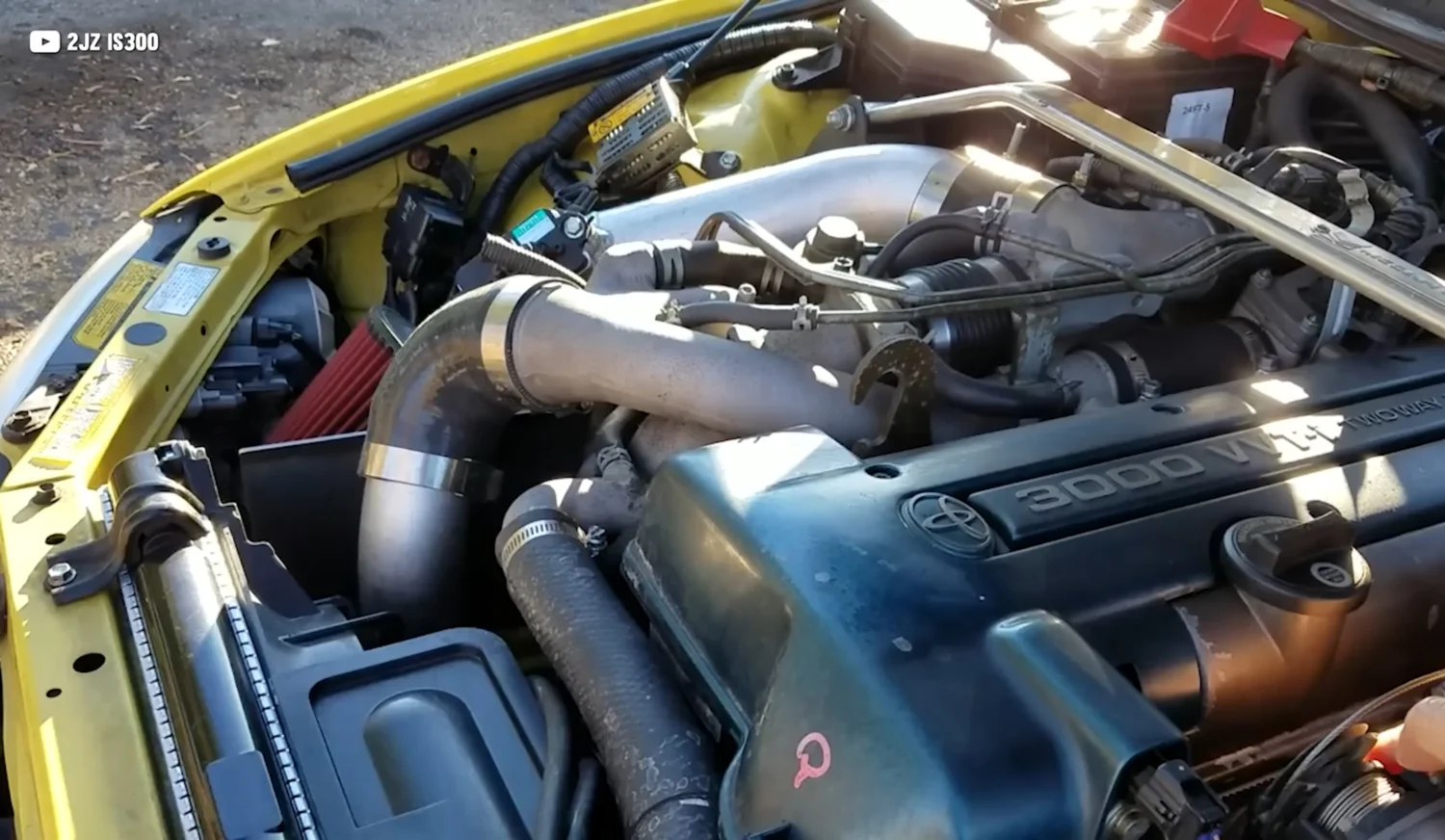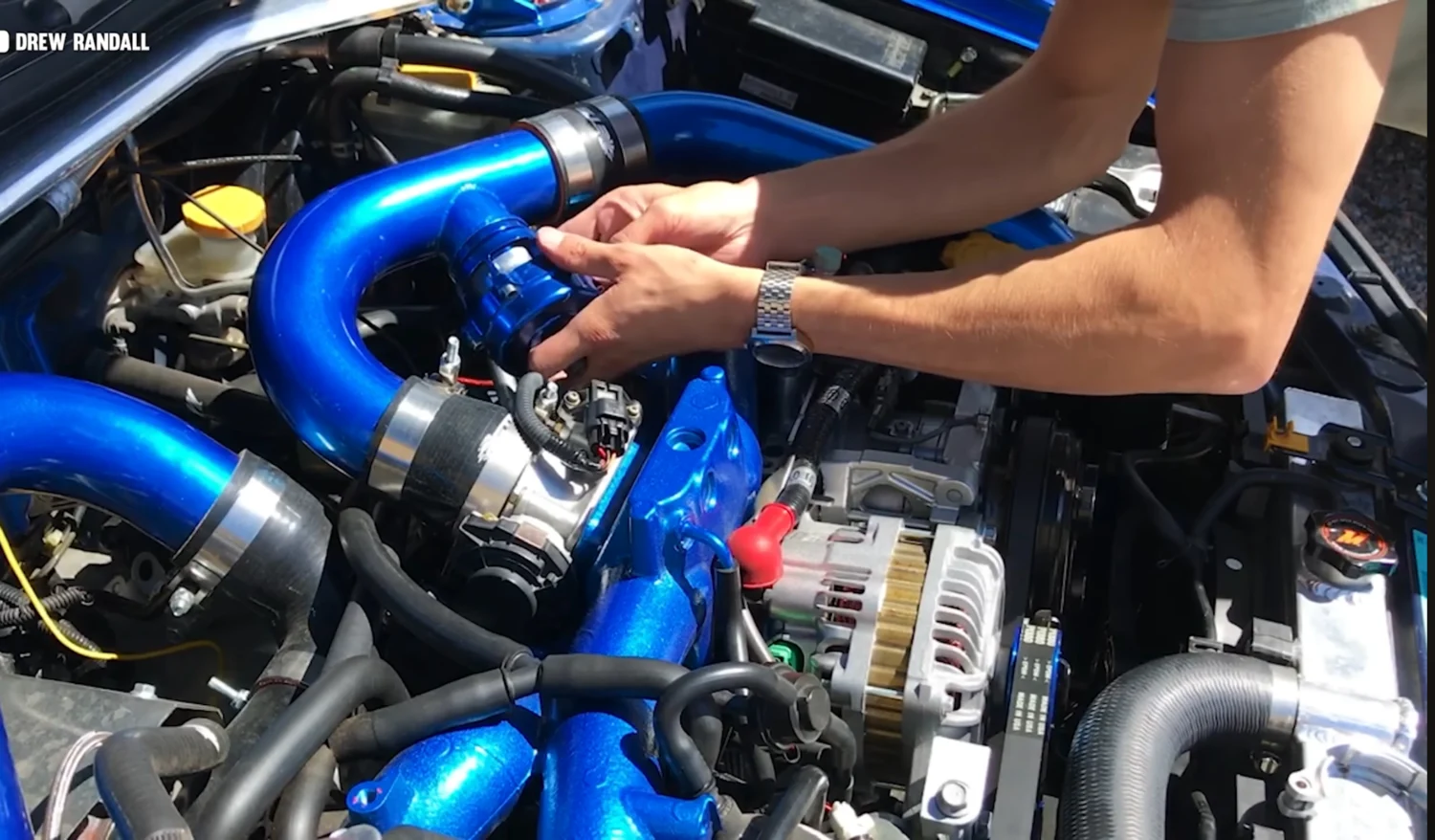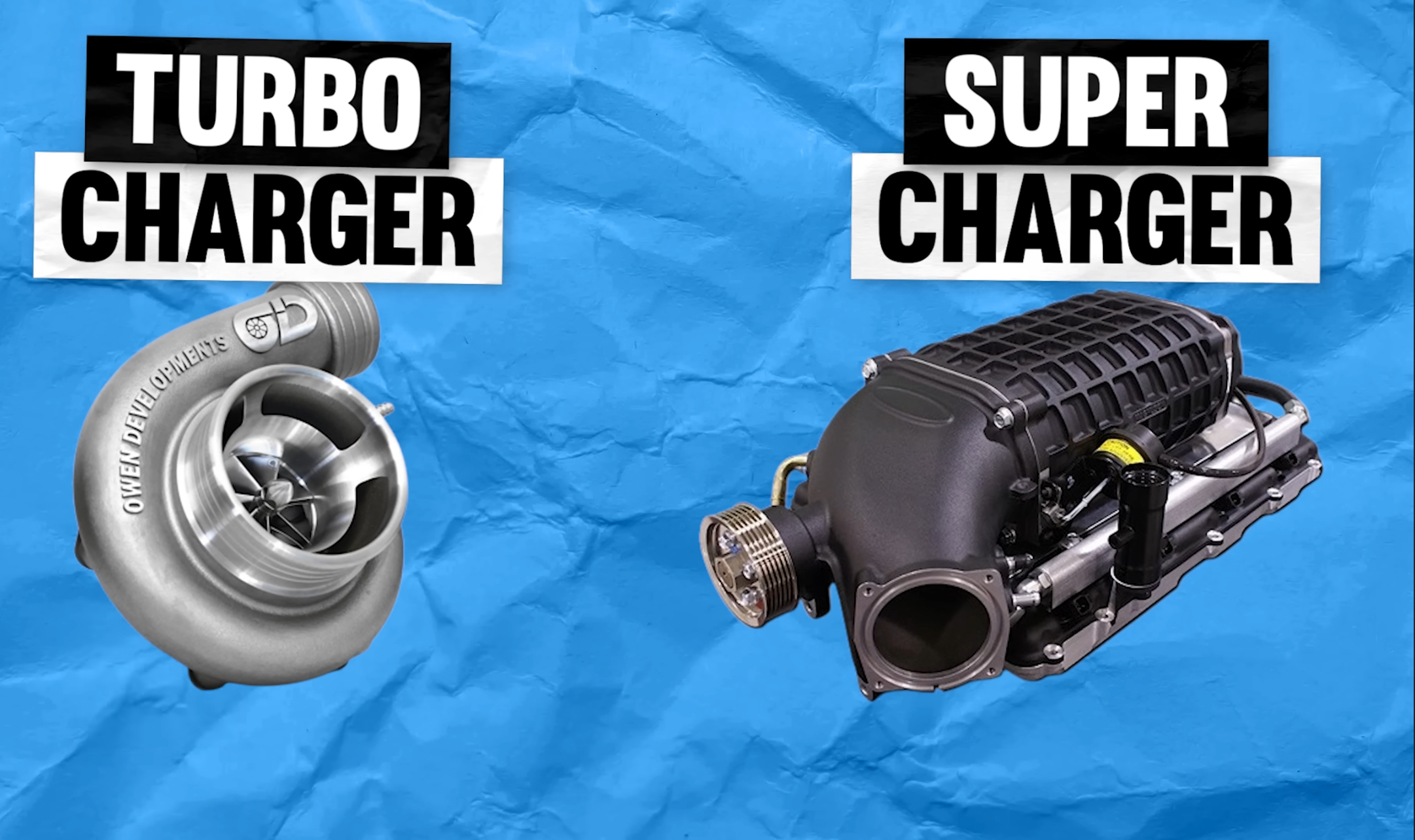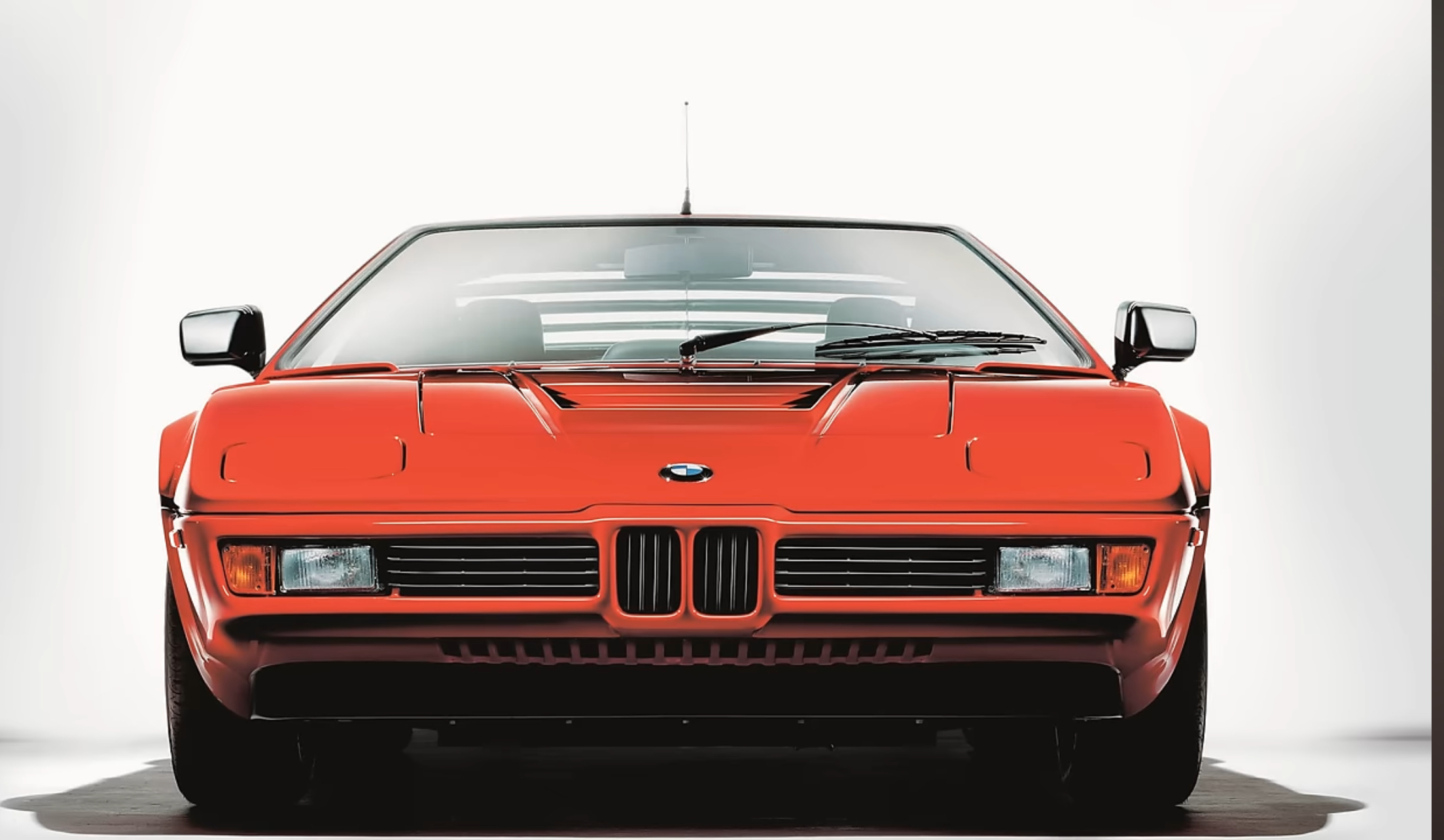When it comes to adding serious power to your car, few upgrades deliver the thrills of forced induction. But the big question is: turbocharger or supercharger? Dodge strapped a supercharger to their tarmac-shredding V8 monsters, while Nissan’s legendary GT-R, Godzilla, went turbo. So which is better for your car—and why?
Breaking Down the Boost
First, let’s clear up some terms. Naturally aspirated (NA) engines—like the beloved Miata—breathe on their own. But to make more power, you need more air. Traditionally, that meant building a bigger engine. Enter forced induction: turbochargers and superchargers force more air into the engine, letting you make big power without big displacement.
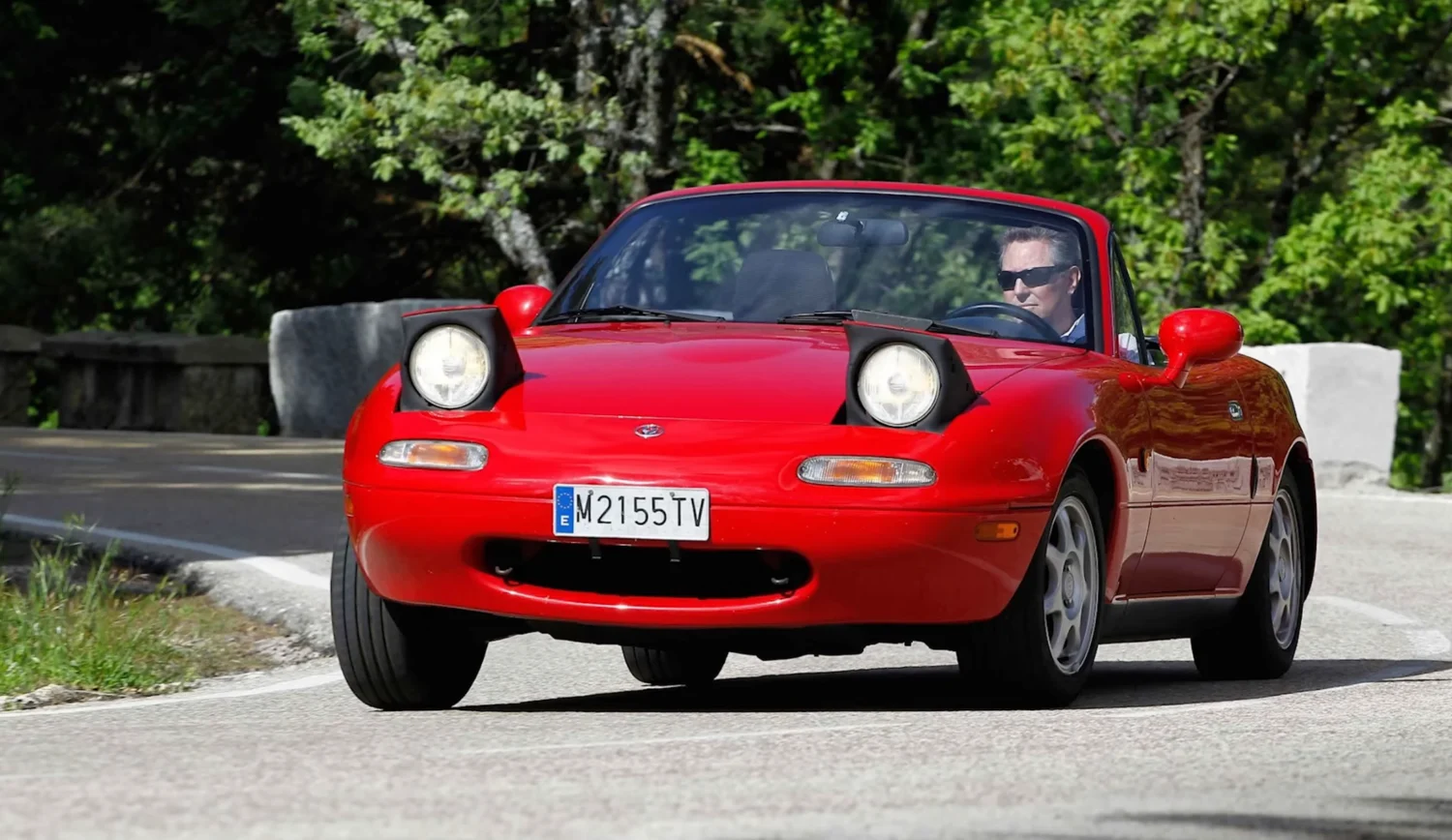
Displacement Modifiers: The Secret to More Power
Both turbos and superchargers are displacement modifiers, meaning they increase the engine’s effective size by cramming more air into the combustion chamber. Since combustion requires roughly 14.7 parts air to 1 part fuel (stoichiometry 101), more air means more fuel—and more boom.
Superchargers: Instant Power, But at a Cost
Superchargers deliver power instantly, which is why they dominate the drag strip. Run off a belt connected to the engine’s crankshaft, they spool up the moment you hit the gas. That means no waiting—just raw, neck-snapping acceleration.
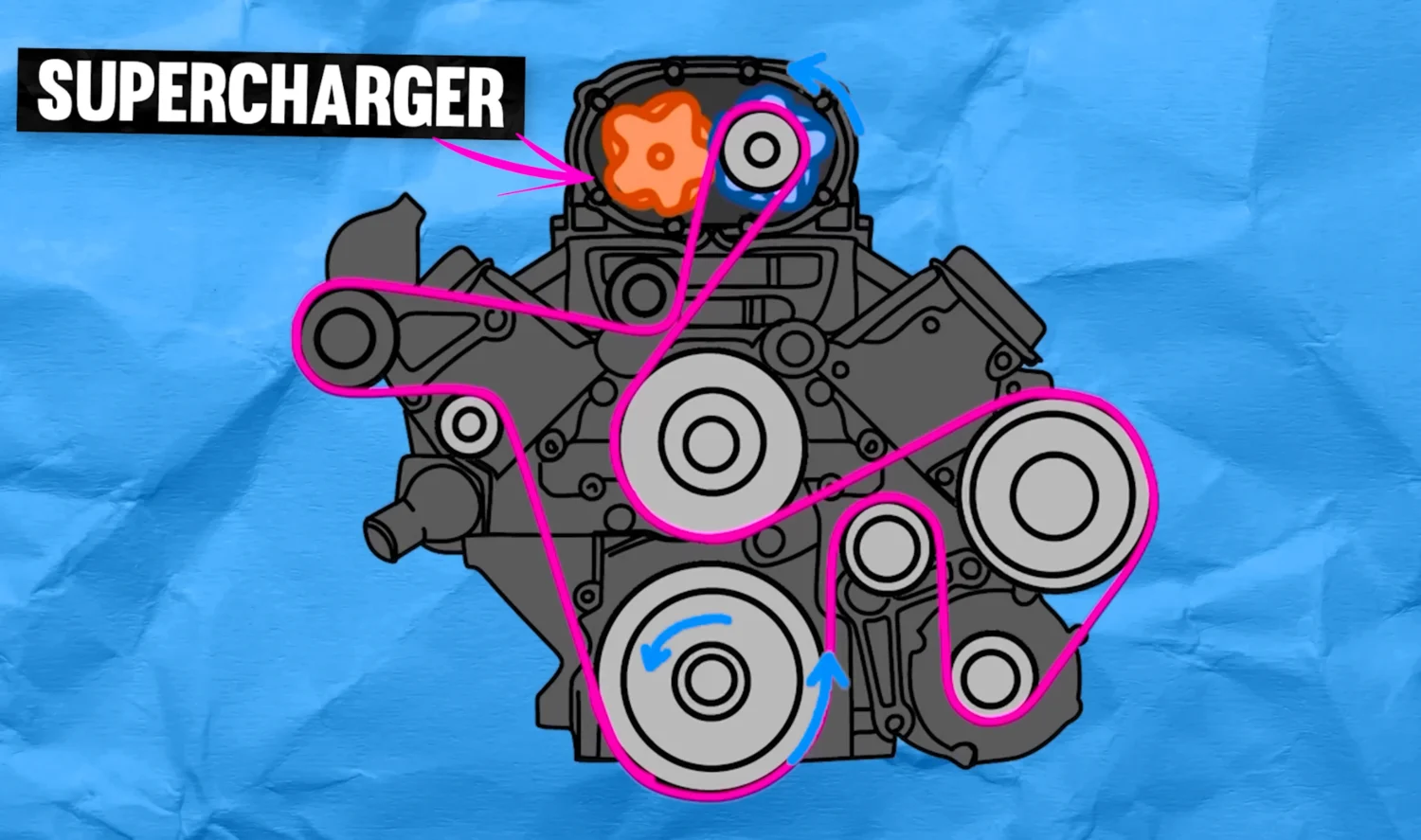
But there’s a catch: superchargers steal power from the engine to make power. A massive Roots blower on a top fuel dragster, for example, demands around 900 horsepower just to turn. Even the Dodge Demon’s 2.7-liter supercharger consumes more power than a whole Miata engine just to spin its blades.
Turbos: Free Power, With a Delay
Turbos, on the other hand, recycle wasted energy. By harnessing exhaust gases, they compress air without draining engine power. This makes turbos incredibly efficient—more power, less fuel. But they come with turbo lag: a delay while the turbo spools up. Bigger turbos make bigger power, but also bigger lag.
Toyota found a clever fix with twin turbos—one small turbo spools quickly to eliminate lag, while a larger turbo delivers the big power.
Which Should You Choose?
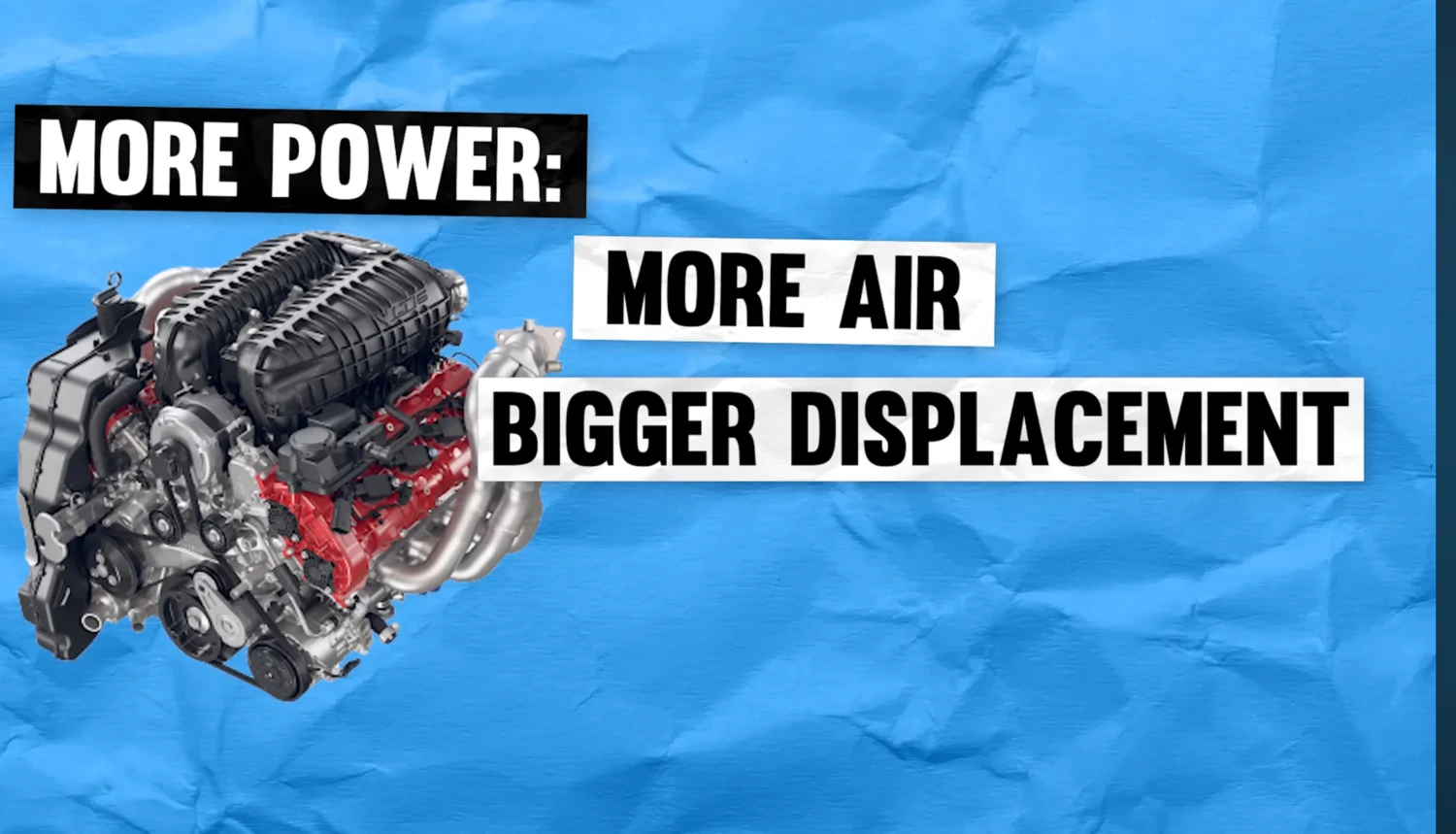
In short: it depends on your engine and driving goals.
- Superchargers: Best for large-displacement engines and instant throttle response—perfect for drag racing.
- Turbos: Ideal for smaller engines needing maximum efficiency and power—great for road racing and daily driving.
That’s why the Dodge Challenger and Ford Mustang favor superchargers, while turbochargers rule on engines like Nissan’s RB26 in the GT-R.
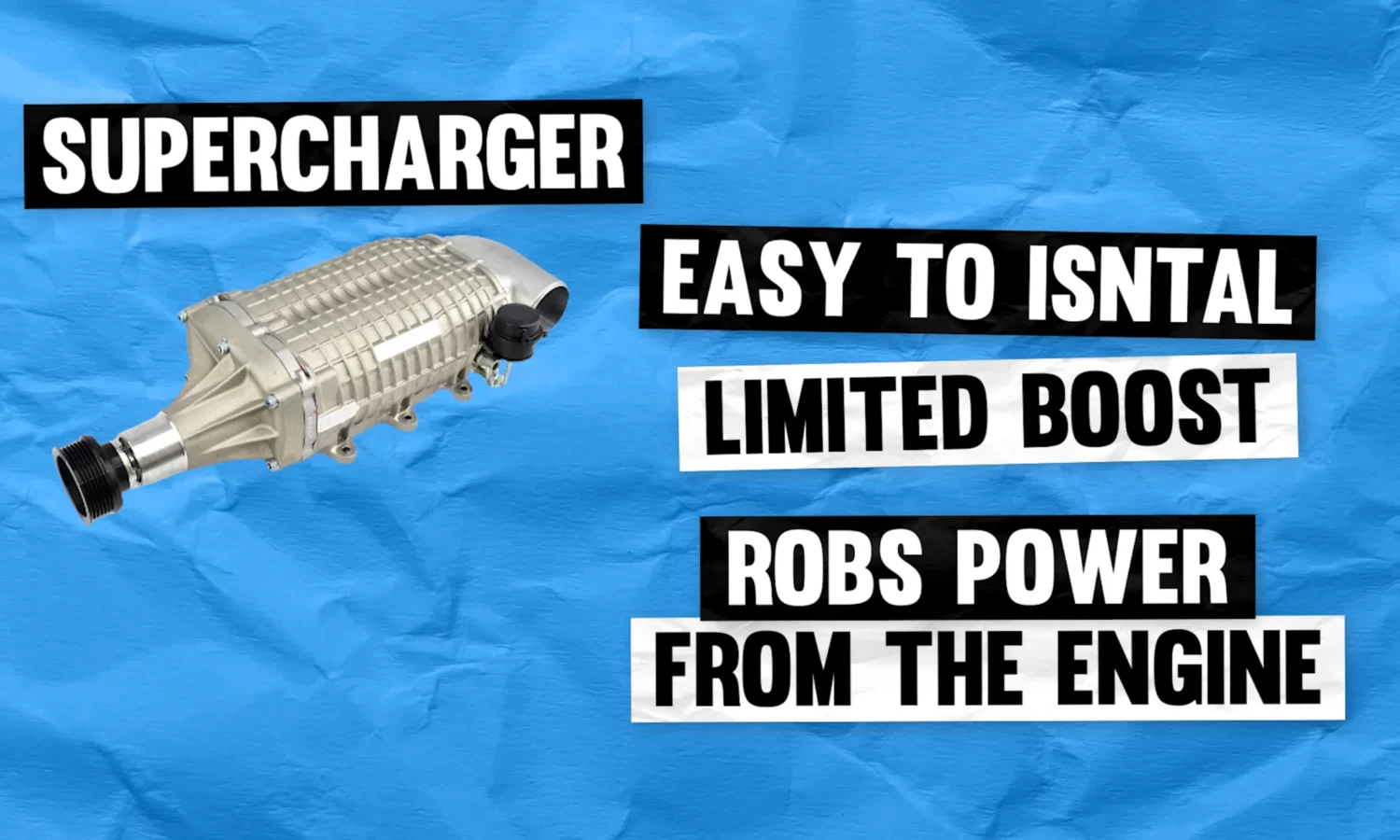
The Bottom Line
These days, turbochargers dominate the industry because they’re more efficient. From Ford to Honda to Kia, automakers use small turbos for better fuel economy and performance. Superchargers, however, remain the king of instant grunt.
About Ideal Media
Ideal Media is your go-to source for expert automotive education, shifting how the next generation of enthusiasts buys, drives, and enjoys cars.
- YouTube: Ideal Media
- Sign Up: Ideal Car Strategies
- Instagram: @idealcarsofficial
- Facebook: Ideal Media Official
Whether you’re chasing boost or just boosting your knowledge, Ideal Media has you covered. Stay tuned, stay safe, and stay boosted!
